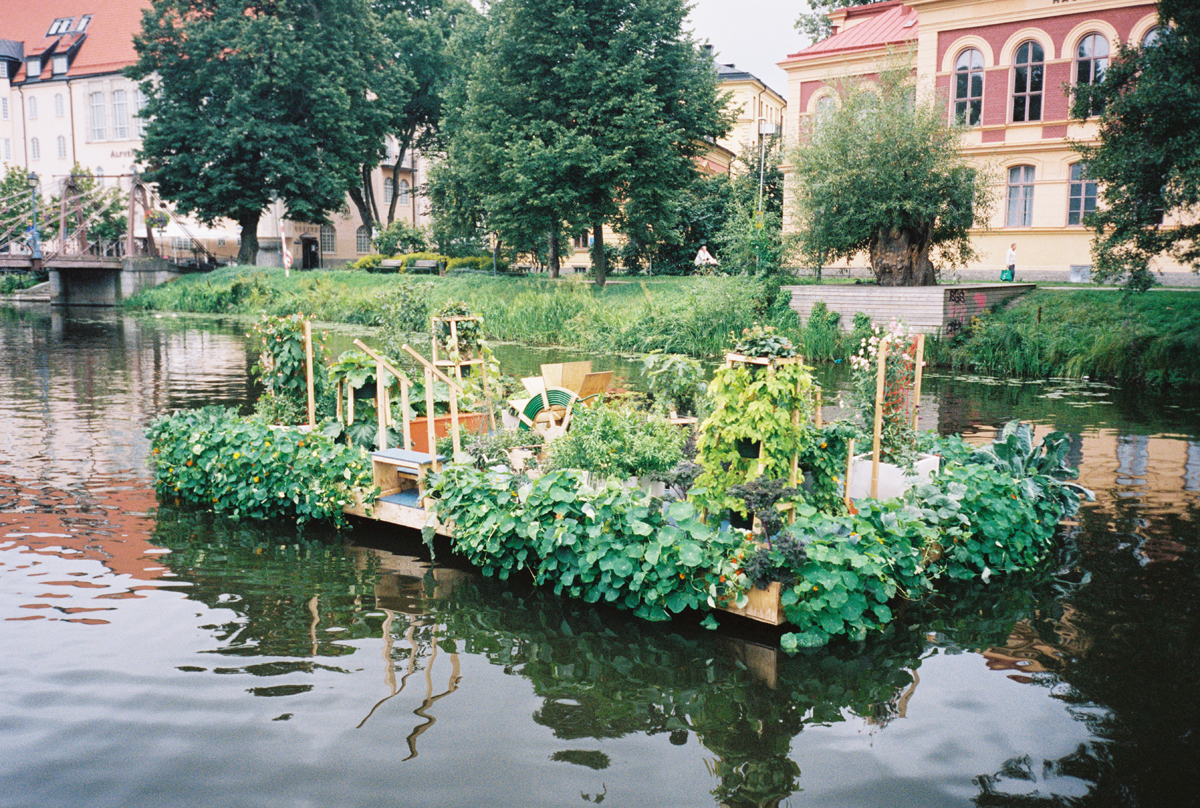The Danish capital is using a network of LEDs to do everything from direct cyclists to reduce truck drivers’ fuel consumption.

In Copenhagen, a wireless network of flashing green LED lights waves cyclists on, helping them ride through traffic signals without getting stuck at a red light. Traffic lights are equipped with sensors that can tell truck drivers when the light will change via smartphone. In one suburban experiment, sensors within LED street lamps track when a car is approaching, and only light up while it passes, dimming when no one is around.
LED lighting is particularly good for wireless communication, meaning that when cities switch over to using LEDs in street lighting, they’re not just replacing inefficient bulbs to save energy. They can also add sensors to light fixtures to collect data on what’s going on around the city, helping the city become a more efficient machine. Copenhagen has launched smart city initiatives like the auto-dimming streetlights as part of its efforts to become a carbon-neutral capital by 2025 (it would be the first in the world to do so).
[infobox]The LED sensor technology could alert the sanitation department to overly full trash cans or let cyclists know the fastest route to their destination.[/infobox]In the future, this LED sensor technology could expand from helping cyclists catch green lights to alerting the sanitation department to overly full trash cans or letting cyclists know the fastest route to their destination. According to the New York Times:
The system, still in its early stages, has put Copenhagen on the leading edge of a global race to use public outdoor lighting as the backbone of a vast sensory network capable of coordinating a raft of functions and services: whether easing traffic congestion, better predicting where to salt before a snowstorm or, to the alarm of privacy advocates, picking up on suspicious behaviour on a busy street corner.
From our partners:
The Danish capital is testing systems that inform diesel truck drivers of signal timing to reduce the amount of time they spend stopping and starting at intersections, which saves on fuel, and systems that prioritise buses and bikes over cars during rush hour. The city has also installed a light system that flashes a warning to drivers in a right-hand turn lane when a cyclist is there.
Copenhagen isn’t only city to take advantage of this kind of technology, though it is one of the pioneers. Cities around the world, like Chicago, Barcelona, and Stockholm, are using technology networks to reduce fuel consumption, gather data on measures like traffic and energy use, and in general, make the city run more efficiently. According to the Times, LED lighting represents huge potential for cities: “Cities worldwide are expected to replace 50 million aging fixtures with LEDs over the next three years, with roughly half of those in Europe.”
This article originally appeared in Fast Company.













